Once a prolific web development technology, in 2021, both Ruby and Ruby on Rails are considered dying technologies. The data speaks for itself. In October 2021, Ruby lost 3 ranks in the Tiobe Index compared to October 2020 and became the 16th most searched programming language. The same decline in Ruby on Rails popularity is demonstrated by Google Trends. The language significantly lost rating starting with 66 points in 2007 and finishing with 3 in 2021. Considering such a decay of Ruby you might want to switch your IT infrastructure to another technology. What are the available options? Read further to learn about 10 great Ruby on Rails alternatives available on the market!
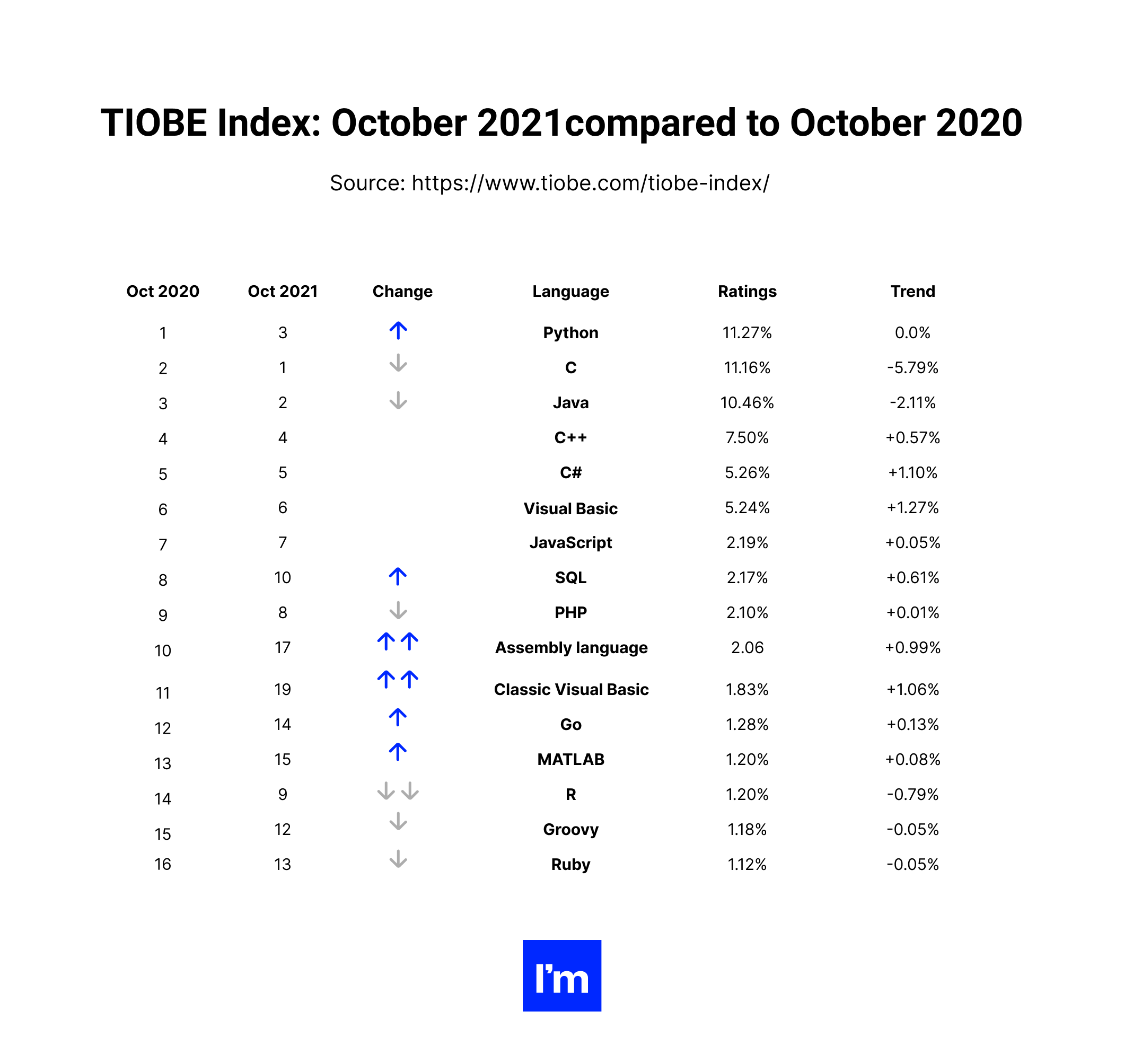
Table of Content
The History of Ruby on Rails
Ruby on Rails (or simply RoR) web development framework was created in 2003 and released as an open-source code in 2004 by a danish programmer David Heinemeier Hansson. At that time, Hansson was working on a project management tool called Basecamp and required a convenient instrument to develop a web application. As the programmer explains in one of his interviews, the reason why he has chosen Ruby was the simplicity of its syntax. Somewhere between 2002 and 2003, Hansson read an article in IAAA Magazine where the authors explained some complex IT concepts and patterns using Ruby code as examples. Although Hansson knew nothing about Ruby, the explanation appeared to be clear and concise.
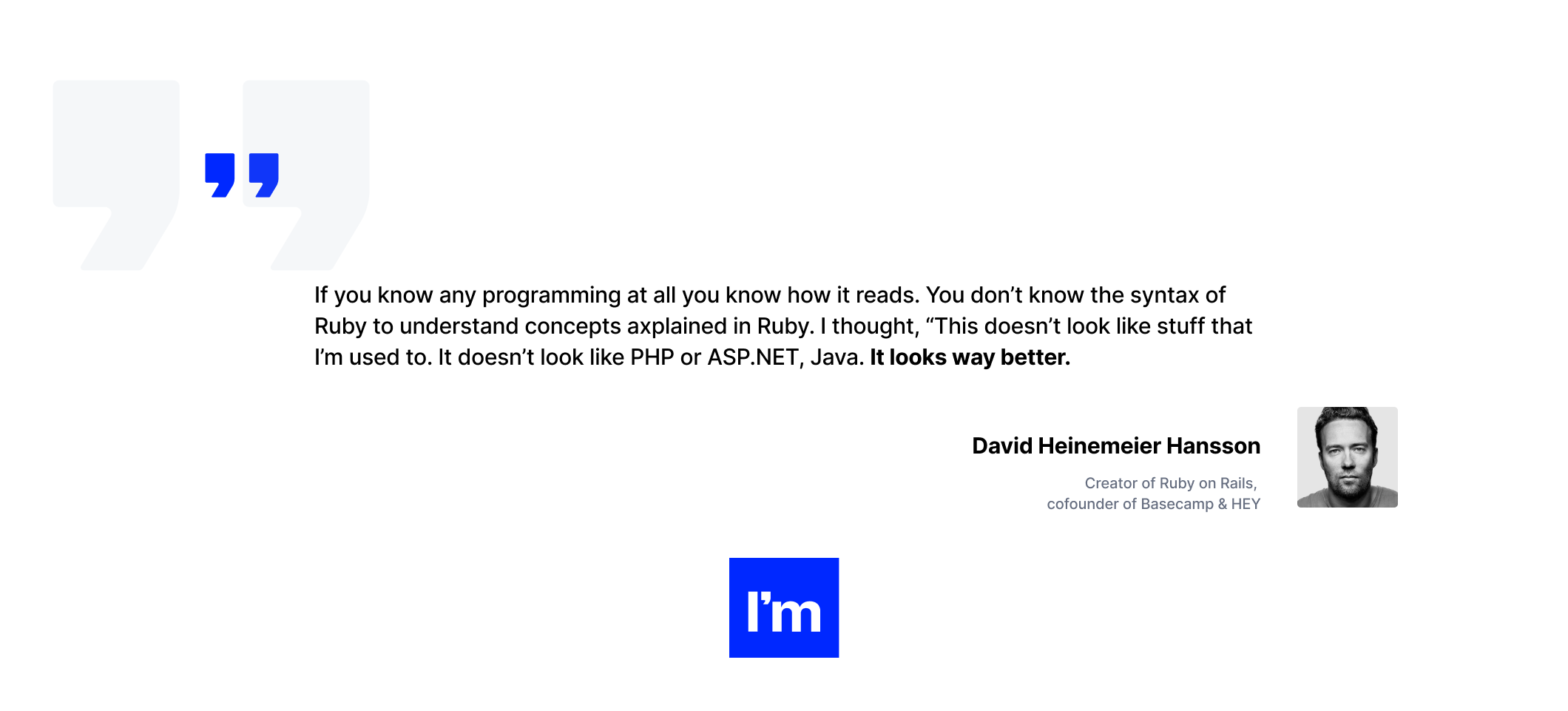
Hansson says that only a week of coding in Ruby was enough for him to fall in love with the language. The more he explored the language, the more possibilities he saw. At the same time, the available libraries felt somehow rudimentary. The database drivers were raw and limited in functions. Hansson had to design database integrations, the template languages, and the controller code by himself. That’s how Ruby on Rails started.
A new framework quickly gained recognition among the web development community and became a common solution for building websites. Currently, there are 1,114,270 currently live web pages built with Ruby on Rails. The most known examples include Zendesk, Twitch, Airbnb, Square, Shopify, and Github. Ruby’s high level of safety makes the language a perfect instrument for building fintech and e-commerce applications, like cryptocurrency wallet Coinbase, online payment service Stripe, crediting company Avant and others. The other sphere where RoR shines at its best is the development of the SaaS platforms.
Ruby on Rails Today
Despite its glorious history, in 2022 Ruby on Rails will be decaying. The most recent survey performed by StackOverflow shows that only 7.89% of professional developers use the framework for their projects. In absolute numbers, the Slash Data Developers Nation survey 2021 estimates that there are only 1.8 million Ruby engineers in the world. To compare, the JavaScript community counts 12.8 million developers and the Python community counts 10.1 million.
There are several reasons why you should seek Ruby on Rails alternative:
- The dynamic nature of Ruby’s types requires more testing to ensure that there are no bugs.
- Some hosting companies don’t support Ruby on Rails.
- Inconvenient tools for building REST API. Other languages like Python, C#, or Java provide more mature REST API frameworks.
- RoR struggles in handling real-time sites or modern client frameworks. Although the most recent version of, Rails 6.1, includes some instruments that facilitate the building of real-time and WebSocket connections, the de facto standard is to use Socket.IO, which requires Node.js or Go as a backend technology.
- Because of the decrease in RoR’s popularity, it might be difficult to find experienced developers. The results of the Coding Game Developers survey 2021 show that 9% of companies demand Ruby specialists, while only 7% of programmers know the language. The same discrepancy exists for the Ruby on Rails framework: 7% of companies require the knowledge of RoR while only 3% of engineers work with the framework. To hire Ruby on Rails developers contact Ideamotive!
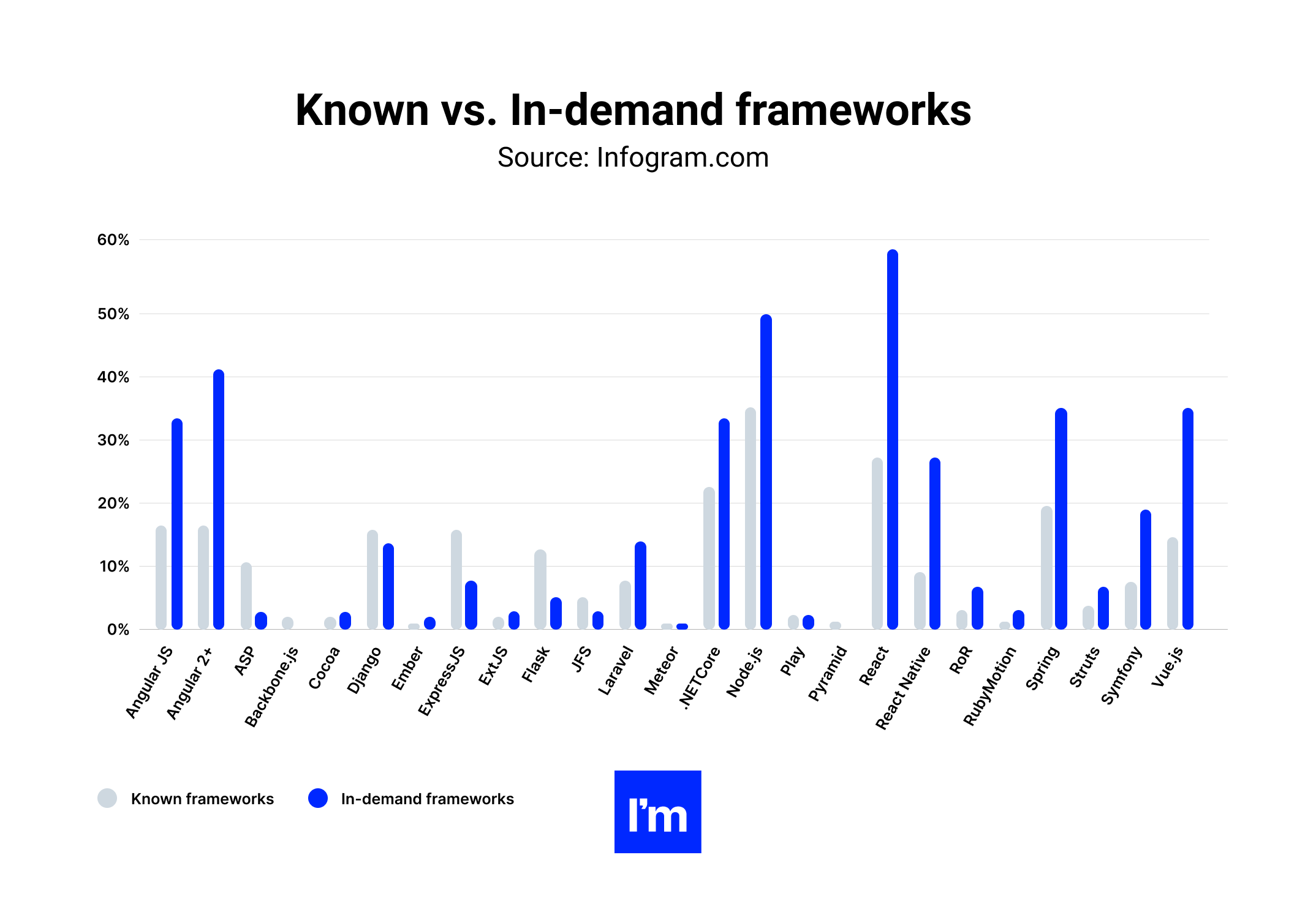
- Ruby is slow. The Benchmark Games test proves that Ruby performs worse than such languages as JavaScript and PHP. Check the data by yourself!
Ruby on Rails Alternative
As you have witnessed, Ruby on Rails is not as good as before. Will RoR ever shine again? Unlikely. There are newer technologies, like Golang or Rust that keep the attention of the IT crowd. For this reason, you might search for Ruby on Rails alternative. Some of the possible options were described in our ultimate guide. Back then we compared PHP, Django, C#, and Angular against Ruby on Rails. In the current article, we will focus on frameworks that were not covered by the guide.

If you plan to avoid Ruby on Rails but still want to use the Ruby programming language you should consider Sinatra, - a domain-specific language developed by Blake Mizerany and released in 2007. Unlike RoR, which is a Full Stack Web Development Framework, Sinatra was aimed to be lightweight and agile. It provides the developer with minimum requirements and abstractions that arrange the construction of simple yet dynamic web applications.
The language is especially convenient for the development of RESTful applications. The route syntax is easy and uses all of the HTTP verbs like GET, PUT, POST, and DELETE.
Sinatra is used by many organizations such as Accenture, GitHub, Product Hunt, Mak IT, New Relic, and others. With Sinatra, you can build:
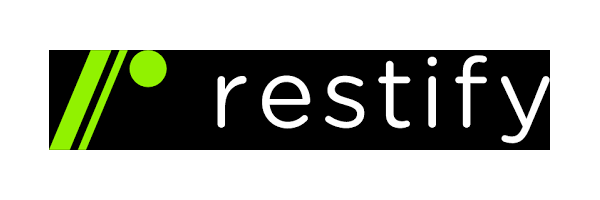
If you want to build a semantically correct RESTful web service, but Sinatra doesn’t meet your needs, you may consider Node.js framework Restify as a Ruby alternative. Implementation of RESTful architecture brings many benefits. It enables communications between web applications that are developed with different languages. These apps can reside in contrasting environments, like Windows, Linux, Android, or iOS.
Nowadays, when almost every person on Earth has a smartphone, cross-platform compatibility of the application is a competitive advantage for a digital product for sure. The other reason why developers stick with the RESTful style is its agreement with the Cloud. Amazon and Azure provide some great APIs based on RESTful architecture.
Restify framework is used by:
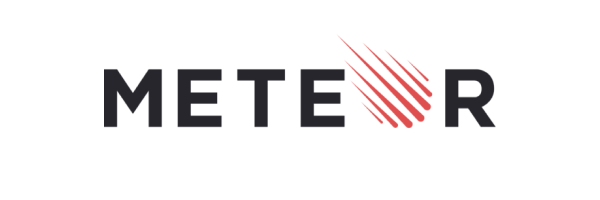
The other framework that is equally good for the development of mobile, web, and desktop applications is Meteor. It is built on top of the queen of programming languages, - JavaScript. Development with Meteor is easy and convenient. It is possible to deploy MVP in 3 or 4 weeks. The struggle of application hosting is relieved by Galaxy - a PaaS solution that runs on Amazon AWS.
The reactive nature of Meteor’s UI makes the developed web applications more user-friendly. There is no need to reload a web page after each interaction which makes the user experience swift and smooth. Write us to find creative UI designers, who are familiar with Meteor
Meteor is the main framework for such applications as:
- Communication platform Rocket.Chat
- GIS mapping software Esri
- Workplace automation app Shelf
- Mobile in-app advertisement platform InMobi
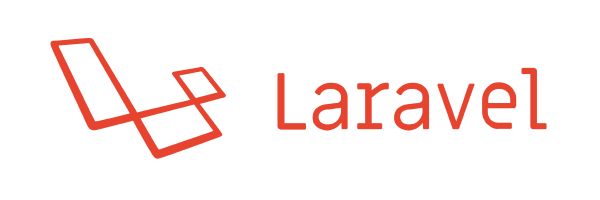
Laravel is a PHP web framework that was built by Taylor Otwell in 2011 as an attempt to replace the older framework CodeIgniter that lacked some important features, like built-in customer authentication and user authorization. The current version of the framework, Laravel 8.16 has a great infrastructure of web development tools that facilitate queue monitoring, server management, zero downtime deployment, real-time events, subscription billing integration, debug assistance, and many more.
Since Laravel relies on magic methods and traits, it’s is short and easy to understand. At the same time, a lack of control over the decisions makes the development of enterprise-scale applications with Laravel difficult. The other weakness of Laravel is the incompatibility of the updates. The old code might not work with the newer versions of the framework. For this reason, Laravel doesn’t suit long-lasting projects. An important advantage of Laravel over Ruby on Rails is its better performance. Some benchmark programs Laravel executes twice faster than RoR.
The examples of applications built with Laravel are:
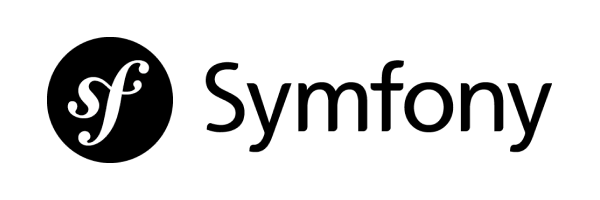
Another popular PHP framework used for the development of web and console applications is Symfony. The framework is designed for larger-scale and complex projects carrying significant features and exploited by a notable number of clients. Within Symfony, the database is managed through object-relational mapping. The framework is integrated out of the box with Drizzle, Oracle, MySQL, and PostgreSQL.
Unlike Laravel, Symfony provides developers with full control over the configuration. With Symfony, programmers have to customize everything from the directory structure to the foreign libraries by themselves. For MVP projects a necessity to set up everything from the scratch is a disadvantage; for the enterprise application, absolute control is a benefit. Extra time spent on the settings means higher expenses on the development. At the same, as a result of implementing Symfony, you will receive a reliable long-lasting program. Reach us to recruit experienced developers!
Examples of the enterprise-scale apps built with Symfony include:
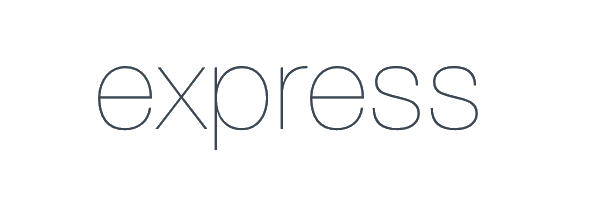
If you are looking for an agile, unopinionated, and minimalistic tool for the development of web and mobile applications you should consider Express, a web framework built on top of the runtime Node.js. By widening the Node.js possibilities, Express provides controllers and routing required to handle the requests. To arrange the server-side of the application, Express requires middleware. Sessions, user logins, cookies, URL parameters, security headers, and other important tasks are managed with a good set of libraries. With Express, you can build single-page, multi-page, and hybrid pages.
The express framework is used by such companies as:
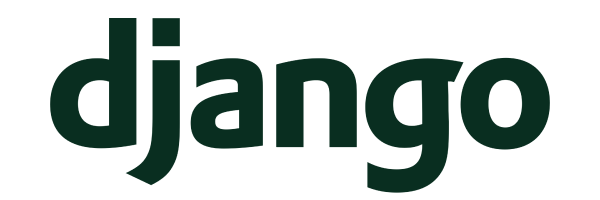
One of the most popular tools for the development of websites is Python’s framework Django. Developed in 2005 for the needs of the Lawrence Journal-World newspaper, the framework has one of the highest development speed. With Django, you may deploy a completely functioning application within hours!
In many ways, Django is similar to Ruby on Rails. It is a stable framework of the same maturity with good performance and comprehensive documentation. The difference appears in the architecture used by languages. Unlike Ruby on Rails, Django doesn’t stick with the MVC paradigm and provides more flexibility in options. For more experienced engineers freedom of choice is a benefit. The less trained specialists might want to have a predicted solution.
For a detailed comparison of Ruby on Rails vs Django check our previous blog post.
The list of products developed with Django is extensive. Mentioning only some of them:
Contact us to hire vetted Django web developers for your new website!

If you are starting an enterprise and want to test your business idea with an MVP project, PHP’s framework Codelgniter is exactly what you need. Lightweight toolkit requiring only 2MB of download, Codelgniter allows creating elegant yet full-featured web applications. The available framework components allow sending emails, managing sessions, designing and maintaining databases, and so on. Fast development speed is facilitated by nearly zero configuration. The strong safety of the framework is enforced by the built-in protection against XSS and CSRF attacks.
Codelgniter is applied by:
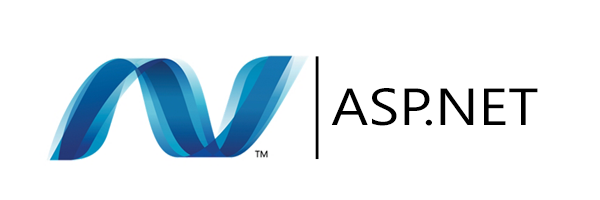
Last but not least, a back-end web framework created by Microsoft for the development of dynamic web pages - ASP.NET. Built on top of C# it is one the fastest frameworks available on the market. ASP.NET is capable of handling 7.01 million requests per second while Django handles only 79,266 requests. The framework is mainly used for building web applications, APIs, microservices, and real-time apps. It is cross-platform and runs on Docker, macOS, Linux, and, of course, Windows. Because of its Microsoft origin, ASP.NET is easy to deploy on the Azure cloud.
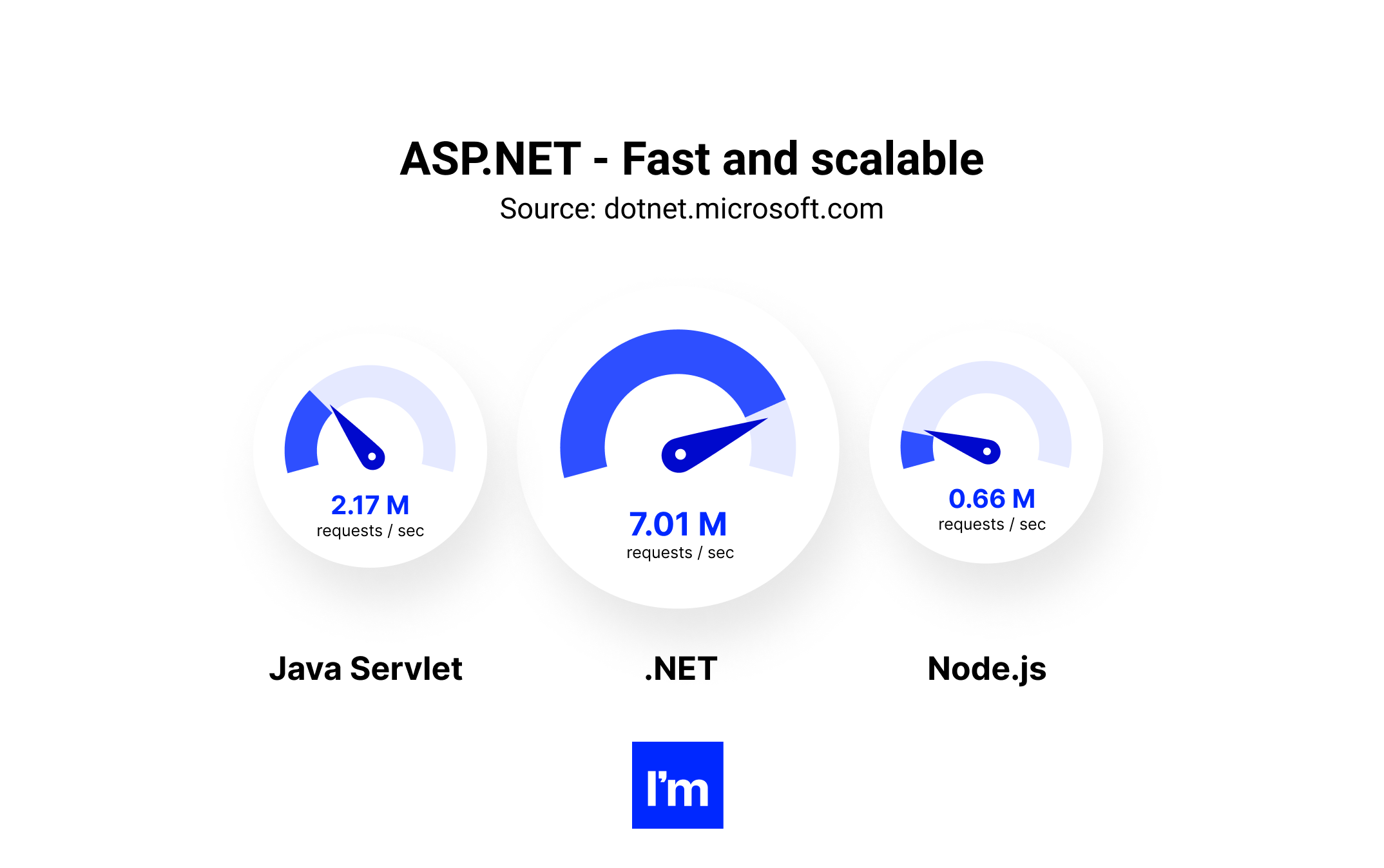
ASP.NET benefits have their price. The framework is one of the most expensive on the market which makes it hardly affordable for start-up companies. Long development and deployment time means that it’s wasteful to apply it for the MVP.
Great performance and scalability of the ASP.NET framework made it the primary technology option for:
To hire back-end developers contact Ideamotive!
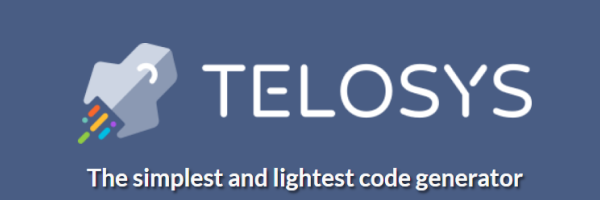
The main purpose of applying a framework is to save time on typing repetitive code. The other way is to use an automatic code generator and Telosys is one of them. It takes only three steps to generate the code. A database model is generated from an available relational database. Telosys identifies the database pattern by reading the metadata and uses it to build the model. When the database is prepared, you have to choose a code template. There are plenty of them available at Github. Telosys is connected with Github and supports the download of Git repositories. After you made a decision you simply click on “Generate” and the code appears. The generator can create a code of any language (like Python, Java, JavaScript, PHP) and any framework.
An advantage of applying Telosys is that it provides the developer with the scaffolding for the future app. At the same time, as with any pre-written solution, generated with Telosys code might not meet your requirements. Additional customization might be needed. Sometimes, modification of the existing code takes even more time than writing the code from scratch.
Final Thoughts
In 2022, Ruby on Rails is still a good framework to produce aesthetically beautiful code. After 17 years since its official release, Ruby on Rails is still used by its founder - Basecamp. Since Ruby on Rails successfully manages 3.5 million signed users, the company is completely satisfied with the framework’s performance and is not going to abandon it any soon. At the same time, for start-up companies, it is worth considering Ruby alternatives.
Reliable studies like StackOverflow Developer survey, TIOBE Index, Slash Data State of the Developers Nation survey, and others reveal the decay of the Ruby on Rails. Developers lose interest in the framework and search for other options. As a reliable Ruby alternative, we recommend 9 frameworks and 1 code generating software. Although each of them has a reputation as a reliable coding system, the final decision depends on the needs of your business.
Wondering which Ruby on Rails alternative will fit your new web project the best? Or decided to stick with Ruby on Rails after all? No matter which technology you will go for, there are hundreds of vetted developers in our Talent Network, ready to work on your project. We can provide you with technical consultancy and with experts skilled in any technology, matched with your product and industry. Drop us a line to consult your idea with us.
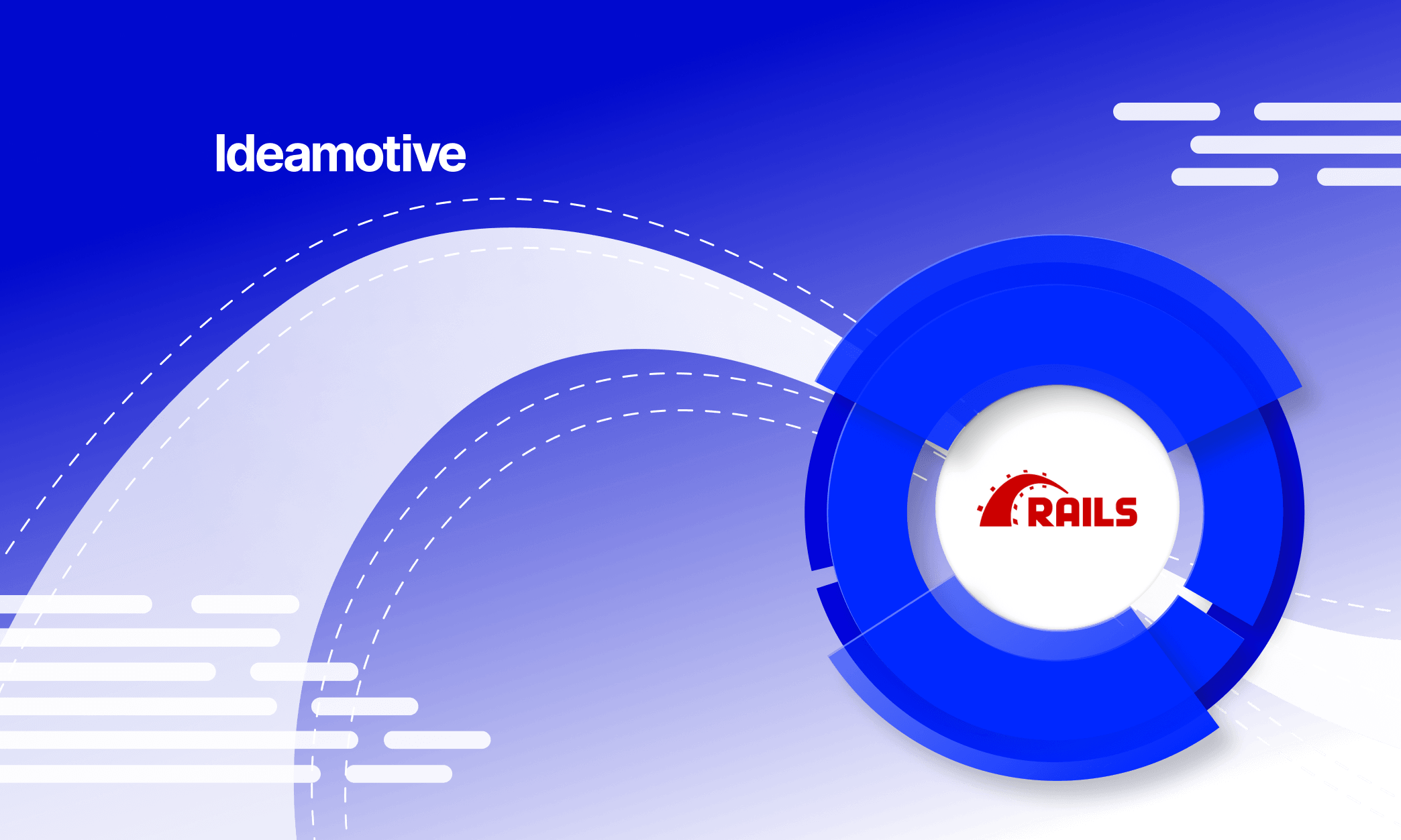















.png)






